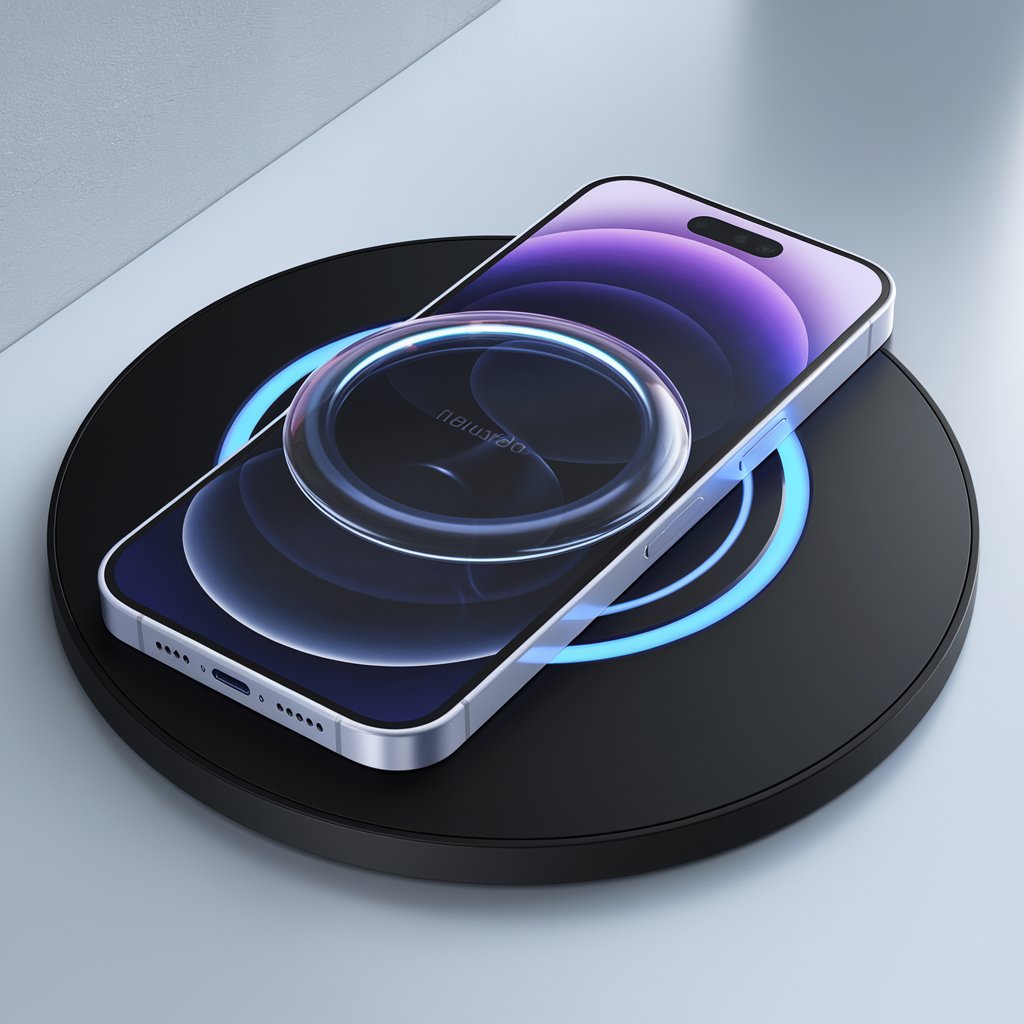As wireless charging technology continues to evolve, its potential applications are expanding beyond smartphones and tablets. The future promises innovative uses across various industries, transforming how we interact with technology in our daily lives. Here’s a look at some of the most exciting future applications of wireless charging.
The wireless charging market size is expected to reach USD 16.0 billion by 2029 from USD 6.4 billion in 2024, at a CAGR of 20.3% during 2024–2029. The significant growth factor associated with the Wireless Charging Market growth is the Rising adoption of smart and portable devices, increasing demand for wireless charging in electric vehicles, rising requirement for multi-device charging stations, increasing trend of integrating charging capabilities into furniture, infrastructures, smart homes, and IoT devices.
Future Applications of Wireless Charging
1. Electric Vehicles (EVs)
One of the most promising applications of wireless charging is in the electric vehicle sector. As the demand for electric cars grows, the need for efficient and convenient charging solutions becomes paramount.
Dynamic Wireless Charging
Dynamic wireless charging, which allows vehicles to charge while in motion, is a game-changer. Roads embedded with charging infrastructure could power EVs as they drive, significantly reducing range anxiety and eliminating the need for frequent stops at charging stations. This technology could pave the way for a more robust electric mobility ecosystem.
Smart Parking Solutions
Imagine a parking lot where your EV charges automatically as you park. Wireless charging pads integrated into parking spaces could make charging seamless and hassle-free, ensuring that vehicles are always ready to go without the inconvenience of plugging in.
2. Consumer Electronics
While smartphones and tablets have been the primary focus of wireless charging, future applications could extend to a broader range of consumer electronics.
Laptops and Tablets
As more laptops adopt wireless charging capabilities, users could benefit from a cable-free workspace. Imagine simply placing your laptop on a charging pad at your desk or cafe table to keep it powered throughout the day. This advancement would enhance productivity and reduce cable clutter.
Smart Home Devices
The integration of wireless charging into smart home devices can revolutionize how we interact with our homes. Devices like smart speakers, lamps, and kitchen appliances could feature built-in wireless charging, allowing users to power devices effortlessly. This connectivity would streamline the smart home experience, making it more intuitive and user-friendly.
Download PDF Brochure @ https://www.marketsandmarkets.com/pdfdownloadNew.asp?id=640

3. Wearable Technology
The rise of wearables, such as smartwatches and fitness trackers, presents another significant opportunity for wireless charging applications.
Advanced Charging Solutions
Future wearables may come equipped with advanced wireless charging features, such as solar panels that harness sunlight to charge devices on the go. Additionally, wearables could utilize low-power wireless charging stations, allowing users to charge multiple devices without the hassle of cords.
4. Healthcare and Medical Devices
Wireless charging industry technology is poised to make a substantial impact in the healthcare sector. Medical devices, such as sensors and monitors, often require frequent charging, which can be cumbersome in clinical settings.
Implantable Devices
The future may see implantable medical devices that utilize wireless charging for power. These devices could be charged through the skin, reducing the need for invasive procedures to replace batteries. This innovation would enhance patient comfort and improve the reliability of critical medical devices.
Smart Hospital Solutions
Hospitals could benefit from wireless charging stations for medical equipment, ensuring that devices like IV pumps and telemetry monitors remain charged and ready for use without the clutter of wires. This application could enhance efficiency and streamline workflows in busy healthcare environments.
5. Public Spaces and Infrastructure
The implementation of wireless charging in public spaces is another exciting future application.
Urban Charging Solutions
Cities could integrate wireless charging pads into public benches, tables, and parks, providing residents with convenient charging options while they go about their day. This infrastructure could encourage the use of electric bikes and scooters, promoting sustainable transportation solutions.
Event Venues
Large venues, such as stadiums and convention centers, could utilize wireless charging stations to keep attendees connected. By offering charging solutions throughout the venue, organizers can enhance the overall experience for guests, allowing them to stay powered during events.
6. Retail Environments
Retailers are increasingly looking for ways to enhance customer experiences, and wireless charging offers a unique opportunity.
Interactive Shopping Experiences
Imagine walking into a store and being able to charge your phone while browsing products. Retailers could install wireless charging pads in shopping areas, creating a more engaging environment for customers. This feature could also serve as a marketing tool, encouraging longer visits and potential purchases.
The future of wireless charging technology holds immense potential across various sectors, from electric vehicles and consumer electronics to healthcare and public infrastructure. As innovation continues to drive advancements, we can expect a seamless integration of wireless charging into our everyday lives, making powering our devices more convenient and efficient. The possibilities are vast, and as we embrace this technology, it will undoubtedly shape the way we live, work, and interact with the world around us.
